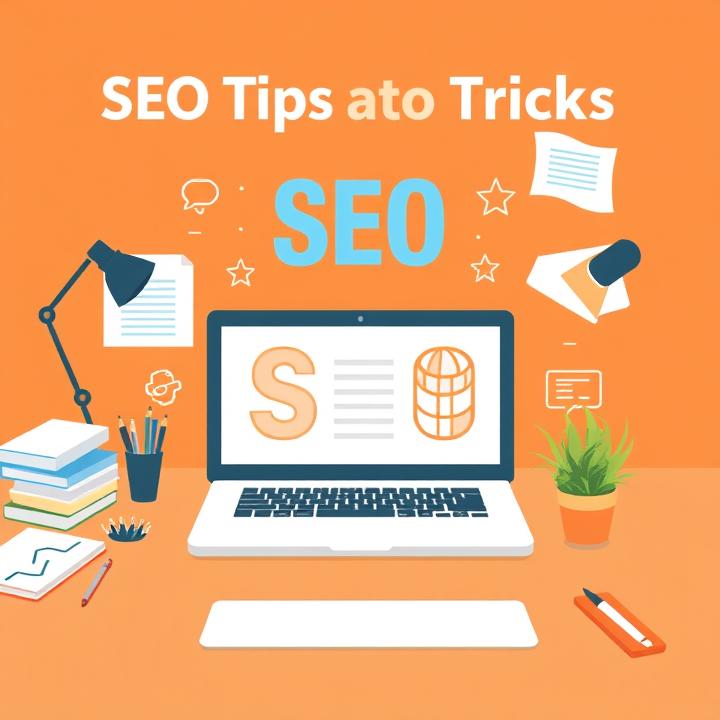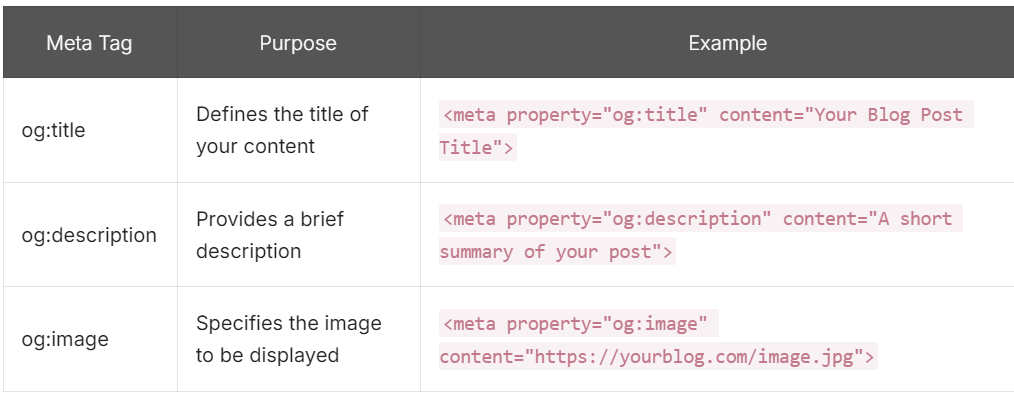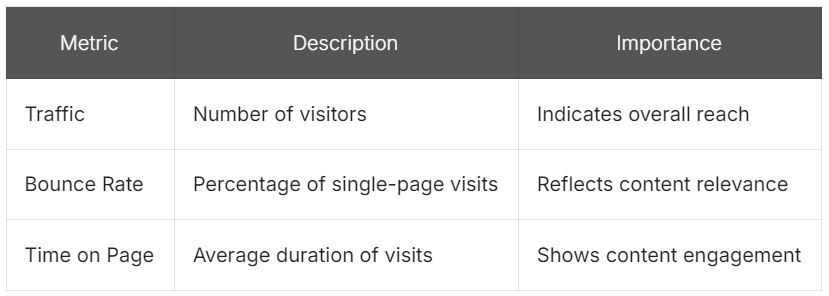Build the Perfect Blog: Top SEO Tips and Reader Engagement Strategies
 InnovateWith Website
InnovateWith Website
Improving User Experience for Better SEO and Engagement
A smooth user experience is crucial for both SEO success and reader engagement. Let's explore four key aspects of improving user experience on your blog:
A. Implementing easy navigation
Easy navigation is essential for keeping visitors on your site and reducing bounce rates. Consider these strategies:
Use a clear and intuitive menu structure
Implement a search function
Add breadcrumbs for easy backtracking
Include internal links to relevant content
B. Creating a clean and attractive design
A visually appealing blog design can significantly impact user engagement. Here are some tips:
Use a consistent color scheme
Choose readable fonts
Incorporate whitespace for better readability
Use high-quality images and graphics
C. Ensuring mobile responsiveness
With the increasing number of mobile users, having a responsive design is crucial. Consider the following:
Use a responsive theme or design
Test your blog on various devices and screen sizes
Optimize images for mobile viewing
Ensure touch-friendly navigation elements
D. Optimizing page load speed
Page speed is a critical factor for both SEO and user experience. Here's how to improve it:
Compress images and use appropriate file formats
Minimize HTTP requests
Enable browser caching
Use a content delivery network (CDN)
By focusing on these aspects of user experience, you'll not only improve your blog's SEO performance but also create a more engaging and satisfying experience for your readers. This, in turn, can lead to increased traffic, longer visit durations, and higher conversion rates.

Leveraging Social Media for Increased Visibility
In today's digital landscape, social media plays a crucial role in amplifying your blog's reach and visibility. Let's explore effective strategies to harness the power of social platforms for your blog's success.
Utilizing social media meta tags
Social media meta tags are essential for optimizing how your blog content appears when shared on various platforms. Here's a quick guide:

Engaging with readers on social platforms
Actively engaging with your audience on social media can significantly boost your blog's visibility. Consider these tactics:
Respond promptly to comments and messages
Share behind-the-scenes content to build a personal connection
Host Q&A sessions or live streams related to your blog topics
Participate in relevant social media groups or communities
Creating shareable content
To increase the likelihood of your content being shared, focus on:
Crafting attention-grabbing headlines
Using high-quality, relevant images or infographics
Creating bite-sized, quotable snippets within your posts
Addressing trending topics or offering unique perspectives
Integrating social sharing buttons
Make it easy for readers to share your content by strategically placing social sharing buttons throughout your blog. Consider:
Adding buttons at the beginning and end of each post
Using floating share buttons that remain visible as users scroll
Customizing button designs to match your blog's aesthetic
By implementing these strategies, you'll be well on your way to leveraging social media effectively for increased blog visibility. Next, we'll explore how to build authority and credibility to further enhance your blog's impact.
Measuring and Analyzing Blog Performance
Now that we've explored various strategies to optimize your blog, it's crucial to measure and analyze its performance. This data-driven approach will help you refine your content strategy and maximize your blog's impact.
Using insights to refine content strategy
Insights from your blog's performance can guide your content creation process. By understanding what resonates with your audience, you can:
Identify popular topics
Optimize content length
Determine the best publishing times
Analyzing user behavior and engagement
User behavior analysis provides valuable information about how visitors interact with your blog. Consider the following metrics:
Click-through rates
Social shares
Comments
Scroll depth
Tracking key metrics
To gauge your blog's success, focus on these essential metrics:

Setting up Google Analytics
Google Analytics is a powerful tool for tracking your blog's performance. To set it up:
Create a Google Analytics account
Install the tracking code on your blog
Set up goals and custom reports
Regularly review and analyze data
By consistently measuring and analyzing your blog's performance, you'll be able to make data-driven decisions that improve your content strategy and boost reader engagement. Remember, the key to success is continuous improvement based on actionable insights.

Conclusion
In conclusion, crafting the ultimate blog page is a blend of art and strategy. By focusing on SEO best practices, such as optimizing your content with relevant keywords and meta descriptions, you can enhance your visibility on search engines. At the same time, prioritizing reader engagement through compelling visuals, clear navigation, and interactive elements will keep your audience coming back for more. Remember that a successful blog page is not just about attracting traffic; it’s about building a community and providing value to your readers. As you implement these tips, continuously monitor your performance and adapt your approach based on analytics and feedback. With dedication and creativity, you can create a blog page that not only ranks well but also resonates with your audience, fostering lasting connections and inspiring discussions. Happy blogging!
Subscribe to my newsletter
Read articles from InnovateWith Website directly inside your inbox. Subscribe to the newsletter, and don't miss out.
Written by

InnovateWith Website
InnovateWith Website
I'm a passionate Full Stack Developer dedicated to sharing my knowledge and experiences with the developer community. From front-end to back-end technologies, I enjoy building robust applications and helping others navigate the ever-evolving world of web development. Join me on my journey as I share insights, tips, and tutorials to help fellow developers grow and succeed!